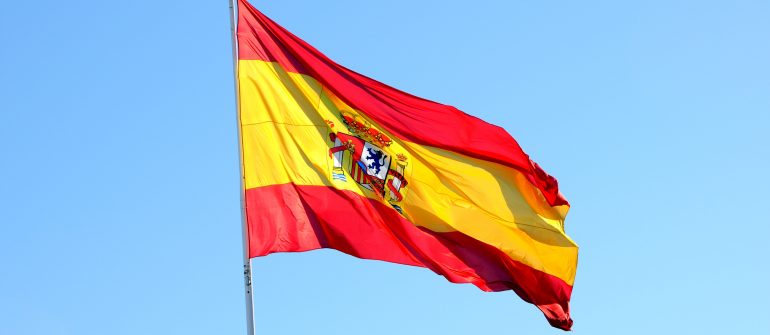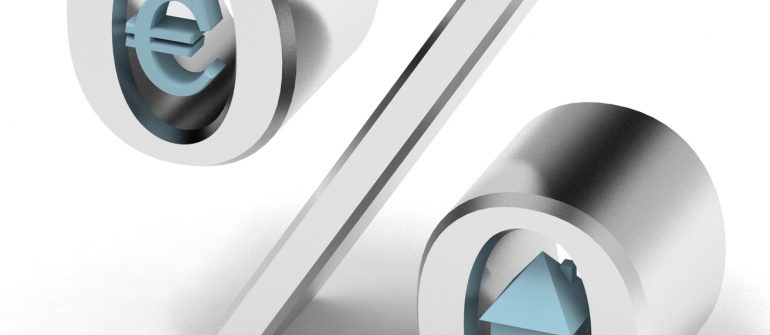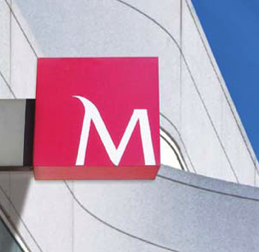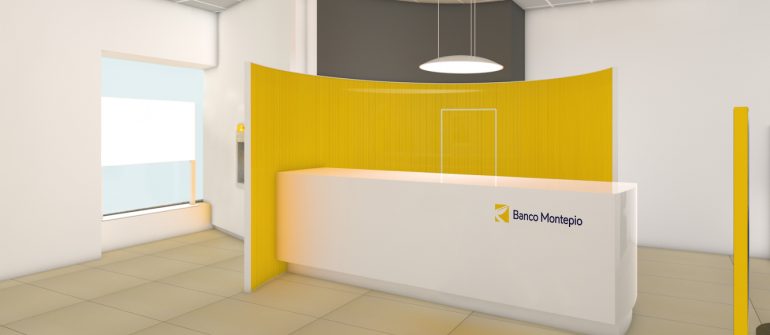Rising interest rates seriously hurt mortgage credit, affecting both the demand and supply for mortgages. This stems from the figures of the Bank of Greece, based on which mortgage disbursements fell in the second quarter of 2023 by 10.7%, while in the same period the number of loans granted showed a greater decline of 12.4%.
Loan disbursements fell from €270.3 million to €241.5 million, while the number of loan contracts signed was reduced from 3,535 to 3,097.
The picture at the six-month level is not particularly differentiated, as despite the marginal increase of 1.8% in disbursements to €507.8 million from €498.7 million in the first half of 2022, the number of housing contracts signed decreased marginally to 6,578 in the first half of 2023 from 6,596 in the corresponding period last year.
As BoG notes in its recent financial stability report, disbursements remain low both in absolute terms and in comparison to the pre-global financial crisis level.
The decline in demand is a result of household anxiety over rising interest rates, which increase the cost of servicing their debt obligations, and rising house prices, which make it almost prohibitive to attract middle-income buyers.
The banks’ policy was not accompanied by a relaxation of credit criteria, which is confirmed by the fact that the weighted average loan-to-property ratio fell in the second quarter of the year to 61.4% from 63.1% in the corresponding period last year.
This means that those who resorted to borrowing to buy a home had available equity of 39.6% of the value of the property they purchased. Accordingly, the weighted average loan-to-income ratio stood at 3.5, indicating that the total amount of loans secured by residential real estate is almost 3.5 times higher than the annual disposable income of borrowers.
From the third quarter of the year, it is expected that the My Home program will have benefited the housing loan market, having gathered strong interest with the submission of approximately 40,000 applications since its introduction in April.
Original Story: Ekathimerini | Evgenia Tzortzi
Photo: Photo by Svilen Milev in FreeImages
Edition: Prime Yield














